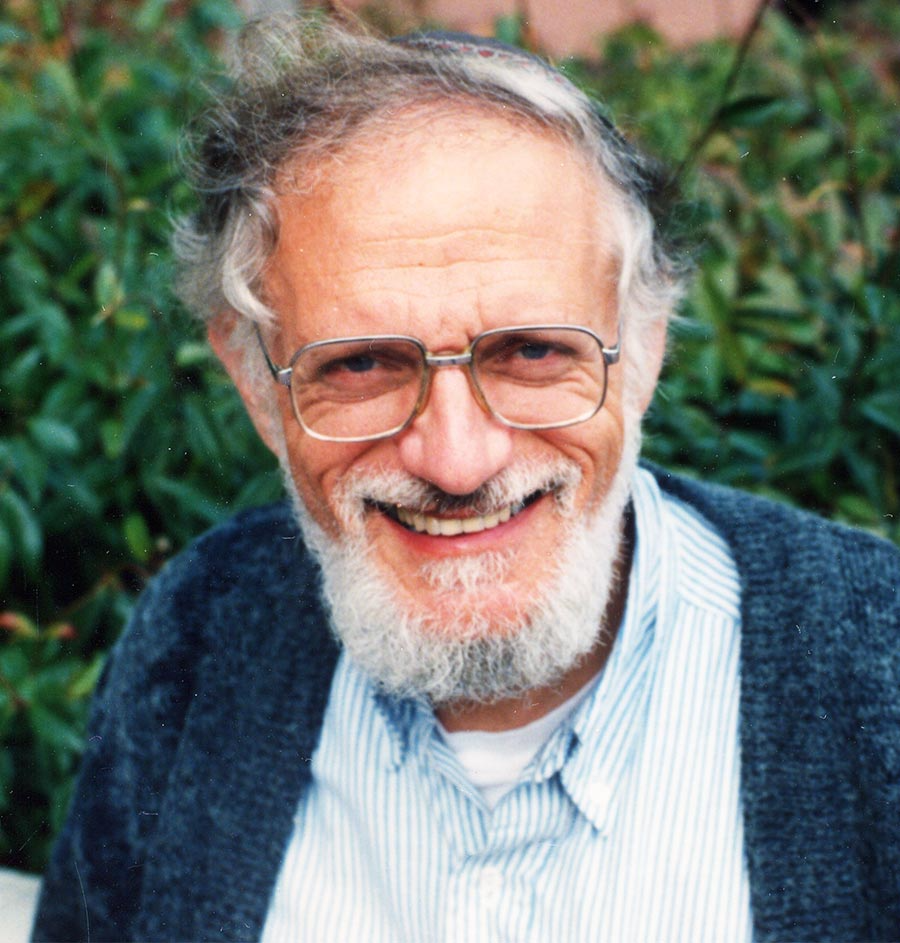Section 49.2 History of the Proof
Subsection 49.2.1 Hillel “Harry” Furstenberg
German–born American–Israeli mathematician
Born on September 29, 1935
Received doctorate at Princeton University
Laureate of the Abel Prize and the Wolf Prize in Mathematics
Known for applying probability theory and ergodic theory methods to other areas of mathematics

Theorem 49.2.1. Szemerédi, 1975.
Any subset of nonegative integers with positive upper density contains arithmetic progressions of arbitrary length. Equivalently, given any real number δ>0 and k∈N, there exists N∈N such that for any A⊆[0,N] with |A|≥δ(N+1), there exists an arithmetic progression of length k contained in A.
Theorem 49.2.2. Furstenberg, 1977.
Let (X,F,μ,T) be a measure– preserving system and let f be a bounded measurable function such that ∫Xf dμ>0. For any k∈N, we have
Subsection 49.2.2 András Sárközy
Hungarian mathematician
Born on January 16, 1941
Has the largest number of papers (62 papers) co-authored with Paul Erdős
A member of the Hungarian Academy of Sciences and a recepient of the Széchenyi Prize
Known for his work in analytic and combinatorial number theory

Subsection 49.2.3 Vitaly Bergelson and Alexander Leibman
Vitaly Bergelson is a fellow of the American Mathematical Society
Born in 1950 in Kiev, USSR (now Ukraine)
Received his Ph.D at Hebrew University of Jerusalem under Hillel Furstenberg
Specializes in ergodic theory and combinatorial number theory
Currently a professor at Ohio State University

Alexander Leibman received doctorate from Israel Institute of Technology in1995
Received his Ph.D at Hebrew University of Jerusalem under Vitaly Bergelson
Specializes in ergodic theory and dynamics on nilmanifolds
Currently a professor at Ohio State University

Remark 49.2.3. What is Ergodic Theory?
It is the study of the long term average behaviour of systems evolving in time (i.e. dynamical systems).
Uses techniques from several fields such as probability theory, statistical mechanics, number theory, vector fields on manifolds, group actions of homogeneous spaces and many more.
Reveals patterns in seemingly random motions!
Example: Suppose a pendulum back and forth. According to ergodic theory, if we observe the pendulum's behaviour over a sufficiently long time, we can predict its average position, speed, and energy without having to track each individual swing.
Subsection 49.2.4 Mark Walters
Reader in Pure Mathematics and the Director of Education for the School of Mathematical Sciences, Queen Mary University of London
Received his Ph.D at the Cambridge University under Timothy Gowers
Research interests: Combinatorics, particularly Random Combinatorics, including Percolation
